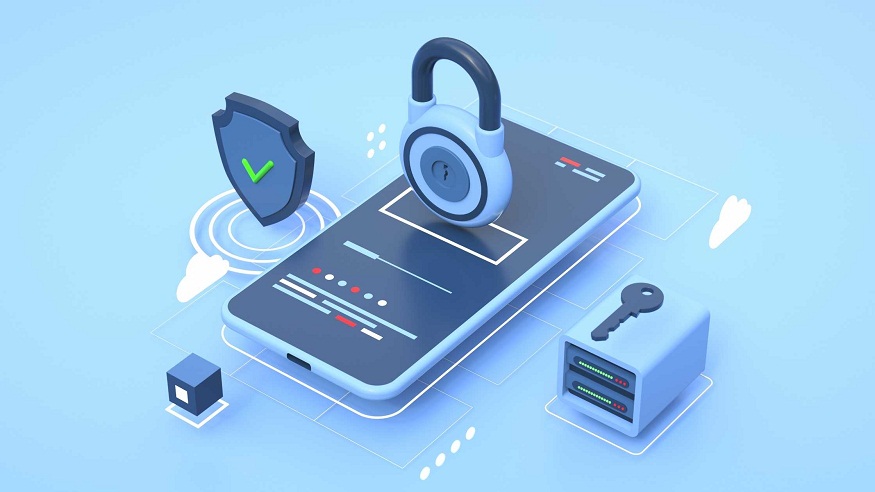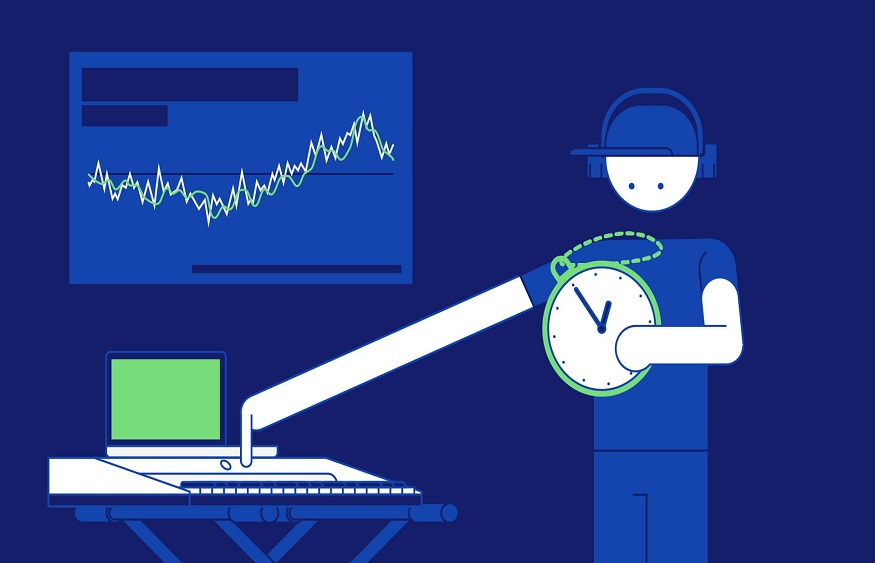Application shielding or (app shield) is a safety measure deployed by many programmers to help protect mobile applications from various threats. The rising new generations of digital world witnesses the rise of the mobile apps, which store and operate vital information on our behalf. Definitely they play an essential part in the company’s operations but in this current dynamic cyber environment, the protection of such applications has become a crucial matter.
The Significance of App Shielding
Shielding of mobile apps is a technology which acts as a defensive enough in this way, applications are protected from possible hackers and ensure application code , data and functioning. This process includes putting in place modern security mechanisms that in turn help in strengthening the total dependability of the app against reverse engineering, code tempering, and other malicious acts.
Protecting Against Reverse Engineering
Due to application shielding, one of the first benefits will be that it will guard us against the practice of reverse engineering. Reversing engine is a hacker’s tool to reverse engineer attack to understand components and protocols inside an application, and there is a possibility to leak the information or the weakness it holds that can be exploited. Shielding is done via methods of code encryption and control flow obfuscation. The application becomes more difficult to be made sense of and to be manipulated implying that it prevents staging attacks.
Preventing Code Tampering
The protection of programs provides a strong tool against unauthorized code editing. There is a chance that hackers may look into the source codes and make modifications to it, either to put up malware or taking advantage of important security features. Code integrity verification and RASP runtime application self-protection form techniques which are employed by App shielding to detect all changes and disposal attempted on the apps codes, as a result saving applications’ normal functionalities and guarding user’s sensitive data.
Enhancing User Trust
Developers can now deliver application shielding with an array of trust and confidence insights. The fact of the users knowing that their personal data and mobile app interactions are protected by powerful encryption algorithms is like a magnet drawing the users to the application, and thus increasing, to some extent, the usage frequency of app services. This is a core component of the trust-build which is very essential and is an important aspect of the competitive market of the mobile app world where users are more conscious about the privacy and security of the information.
Compliance and Regulatory Requirements
With industries such as healthcare, finance, and government coming up with very stringent regulations and requirements that are intrinsic for effective cyber-security, application shielding is just but one of the measures applied. In this way, incorporating application shielding into their mobile apps as a solution helps the developers to meet this this requirement which is the regulation. As a result, the possibility of non-compliance and legal consequences that may follow reduce.
Conclusion
Application shielding, as a progress of mobile app security tactics, contributes to the secure assets of mobile apps by protecting data. Rendering code incidental, shielding damaged files, and other threats, application shielding increases app security, users trust, and being in compliance with industry regulation. Seeing that mobile technology applications are taking increasing great part of our lives, it is difficult to underestimate the significant role of a safe application shield which is the next decade will depend on.



